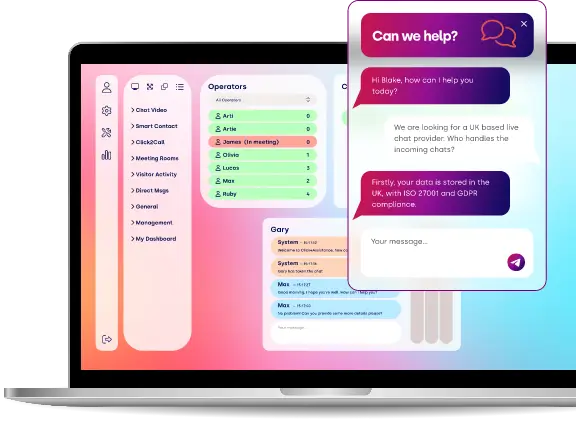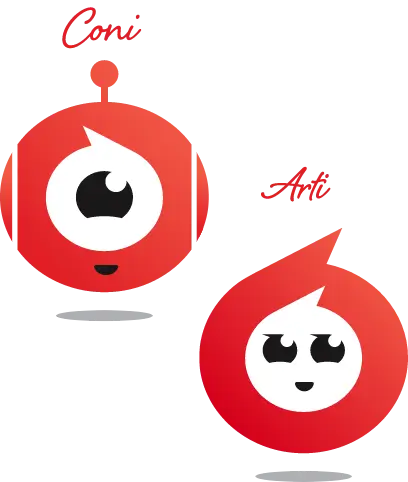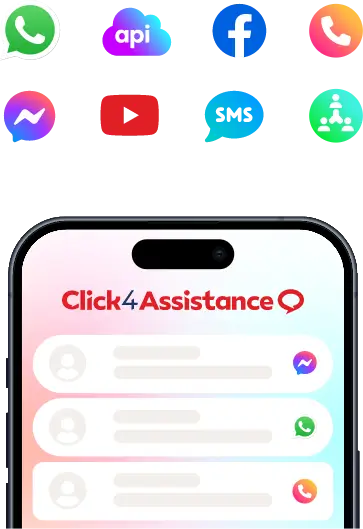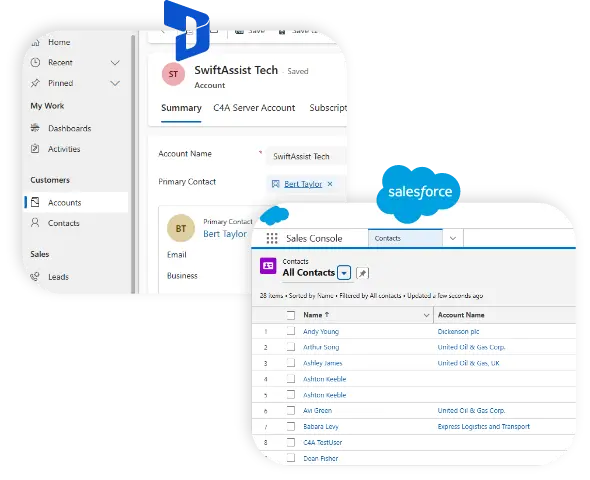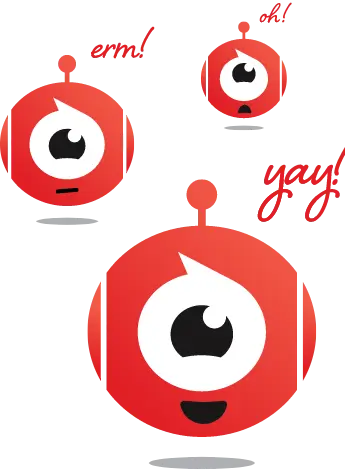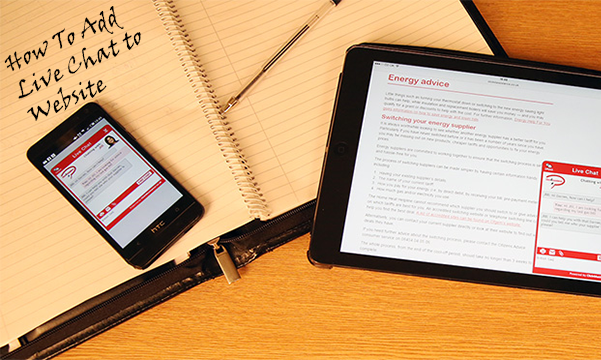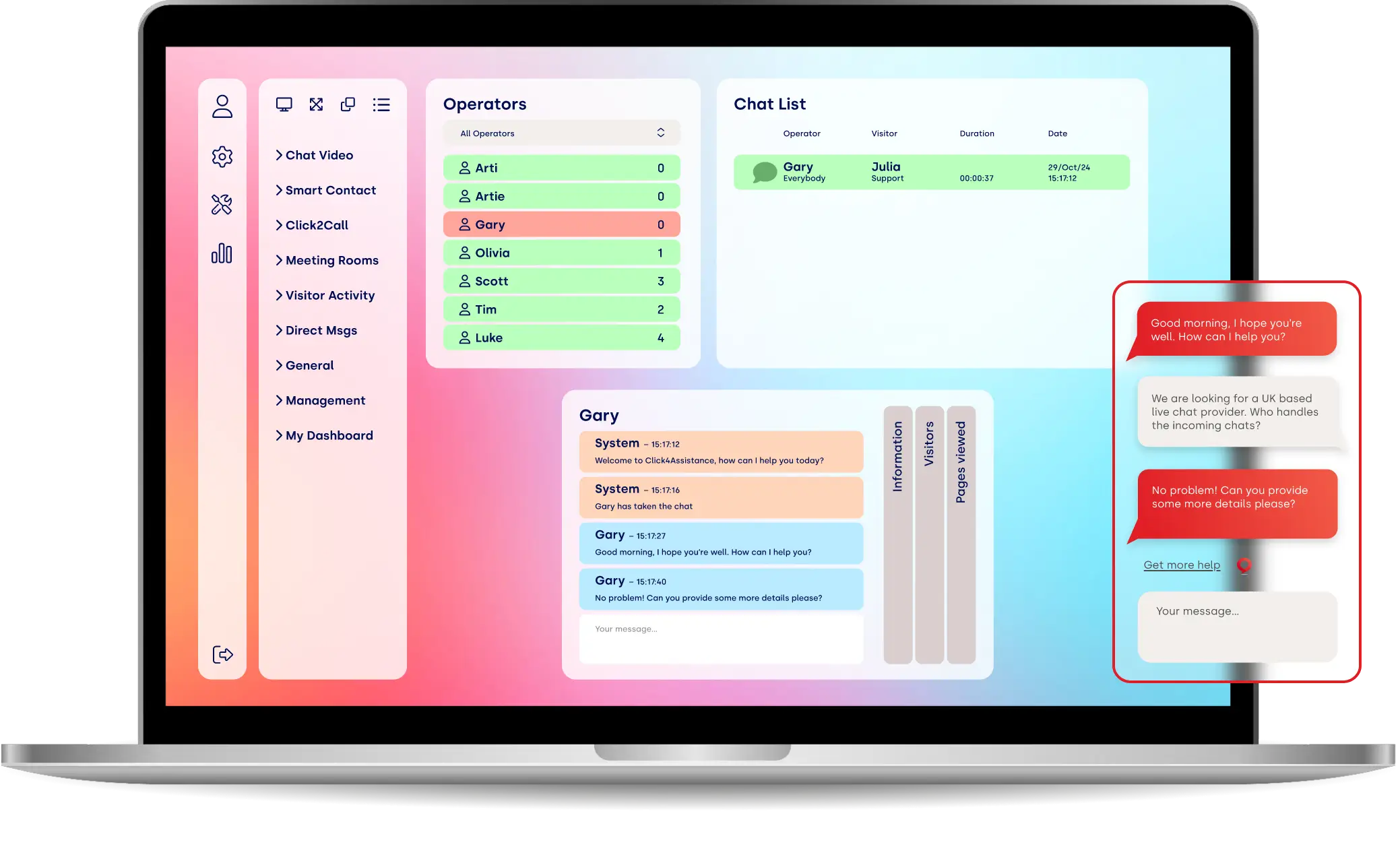Health organisations facing challenges over Christmas

UK health organisations, including the NHS, face severe pressures this winter. However, online chat software may help ease the burden and reduce COVID-19 transmission risk.
UK health organisations could potentially face serious challenges over winter 2021-22. COVID-19 remains an issue, but the NHS and other healthcare providers are also facing a surge of patients who stayed away during the height of the pandemic.
The Challenges Ahead
The strain on the NHS over recent winters has been tremendous. Bed occupancy rates over the coldest months regularly exceeded 95 percent and even before the pandemic, there was an excess of winter deaths – 50,000 in England and Wales during 2017-18, 4,800 in Scotland and 1,500 in Northern Ireland. This year, the challenges facing health services are likely even greater for various reasons. These include:
- The backlog of non-COVID-19-related care: Suspension of routine clinical care operations during 2020 and 2021 means that there are now a large number of patients waiting for operations and other treatments for chronic conditions. Many patients did not receive the medical care that they required in 2020 and are now at far higher risk of hospitalisation. Estimates suggest that the number of people on waiting lists in England will rise from 4 million pre-pandemic to more than 10 million by winter 2021-22. Reduced operational capacity due to COVID-19 may lead to further rises in the future.
- The disruptions to the health and social care systems: Health organisations have also had to redesign how they operate in the wake of COVID-19. Social distancing and other measures designed to prevent the transmission of disease have reduced the ability of the NHS to process non-COVID-19 patients. Unlike last winter, it does not seem likely that the health service will be able to mobilise staff and resources, due to increased absences and other winter pressures.
- A resurgence of COVID-19 nationally: Currently, case rates are stable and high, and death rates remain low compared to the pandemic peak in the spring of 2020 and winter of 2020-21. However, a local or national resurgence of COVID-19 is possible, as is occurring in Europe right now. Modelling suggests that the NHS will escape a serious outbreak during the colder months of the year, but there is considerable uncertainty surrounding this.
- An influenza pandemic: Lastly, an influenza pandemic may compound existing pressures on the NHS. The last significant winter flu season was in 2017-18 where 17,000 excess respiratory deaths resulted in around 22,800 fewer elective hospital admissions.
How Can Healthcare Organisations Mitigate Challenges
Various technologies and approaches may offer a solution to the challenges healthcare organisations face over winter. We discuss some of them below.
Remote Patient Monitoring
Remote patient monitoring is a type of telehealth that uses wearable tools or external devices to track patient health outside of the clinic. Often abbreviated as RPM, this new technology takes advantage of the smart device revolution, collecting, processing and submitting data continuously to keep healthcare practitioners apprised of patient status.
RPM relies on multiple technologies, including hardware to collect measurements, software to interpret them, and internet connectivity to transmit data to physicians. Remote patient monitoring has the potential to transform the healthcare sector and improve delivery.
The benefits of remote patient monitoring are considerable. With waiting lists getting longer, RPM is a more efficient way for patients and doctors to communicate with each other. Constant monitoring and data analysis allows medical practitioners to perform a sort of triage. Patients who require in-person attention based on their data receive appointments, while others can get consultations remotely.
Evidence also suggests that RPM can reduce hospital readmission. Research by the University of Pittsburgh Medical Center, for instance, found that equipping patients with monitoring devices reduced hospitalisation by more than 76 percent.
Remote Communication Tools
Improved communication tools may also allow providers to consult with patients, maintain social distancing, and reduce pressures on the NHS. Many of these tools save labour, reducing the amount that healthcare organisations must invest in patient administration.
Companies, such as Click4Assistance, are at the forefront of this revolution, offering a range of smart online chat software options. Live chat, for instance, is a form of text-based communication that allows patients to connect with healthcare representatives in real-time. Proactive web chat apps appear on the healthcare organisation’s website and encourage visitors to begin chats. Reactive plugins require users to click them first to begin chatting with staff.
Live chat offers several advantages over in-person consultations. Firstly, it requires less labour time. Chatbots ask patients to supply relevant information about their query upfront, and then provide answers automatically where appropriate. Bots guide them to provide relevant details in a structured fashion, allowing healthcare organisations to process them more efficiently.
Secondly, chatbots are often a preferred mode of communication. Patients may not want to call the clinic and would prefer instead to book an appointment online. And lastly, live chat gives organisations opportunities to conduct surveys and collect data on their chat performance. These analytics help to improve patient experience and may offer further opportunities for refinement.
Video chat is another helpful communication tool that healthcare professionals can use, again available from Click4Assistance. These apps allow practitioners to enable one or two-way chat with their patients via portals on their website. Not only does it build trust but it also allows medical professionals to visually observe their patients similarly to how they would if they came to the clinic or hospital. Again, this technology has the potential to dramatically cut the number of visits to healthcare facilities, reducing the risk of COVID-19 transmission.
Virtual meeting room software is another option. This allows multiple stakeholders in patient interactions to converse in a single chat box. For instance, the patient, their doctor and a specialist can all talk in a single window, allowing for more efficient communication. Healthcare practitioners can also use these services for public meetings, without requiring everyone to huddle together in a potentially dangerous meeting.
Use Technology To Mitigate The Healthcare Challenges Your Organisation Faces
All the technologies discussed above are available via partners, such as Click4Assistance. Implement them today to prevent becoming overwhelmed this December to March.
